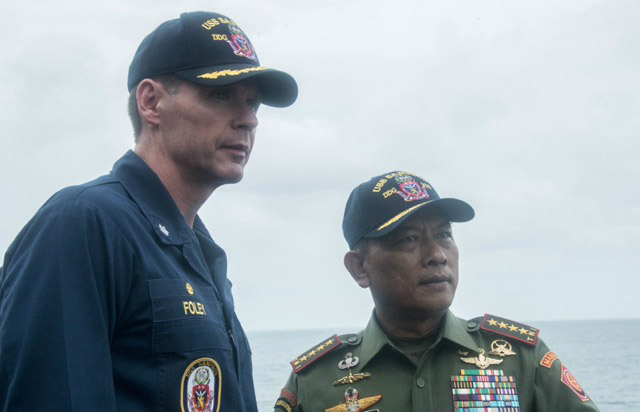
Essay: U.S. Should Consider Establishing a South China Sea International Operations Center in Indonesia
The incoming U.S. Pacific Command (PACOM) commander, Adm. Harry B. Harris, testified before Congress late last year that “China’s rise…
Copyright 2024 U.S. Naval Institute. All Rights Reserved.